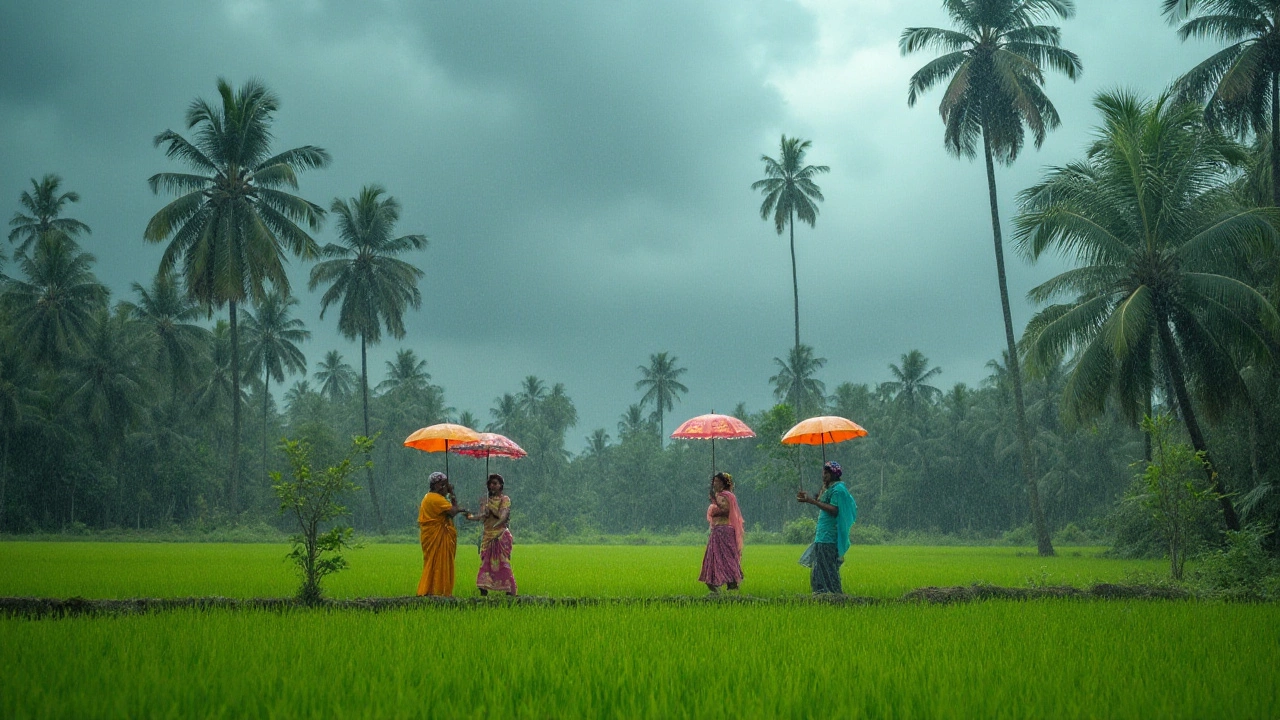SEARCH
Monsoon Travel in India – Practical Tips and Budget Guide
The monsoon is often seen as a rainy inconvenience, but it can actually be the perfect time to explore India. The landscape turns lush, crowds thin out, and prices drop. If you’re wondering whether to pack an umbrella or head for a desert, keep reading – we’ll break down where to go, how much it costs, and what to expect.
Where to Go When the Rains Come
Not every part of India gets drenched at the same time, so pick a region that matches your vibe. The Western Ghats, especially Kerala and the Konkan coast, stay green and vibrant. You’ll find waterfalls at their peak, spice farms alive with aroma, and houseboats gliding through calm backwaters. If you prefer cooler weather, the Himalayan foothills in Uttarakhand and Himachal Pradesh receive moderate showers that create misty mornings and clear skies by afternoon.
For beach lovers, Goa’s monsoon season (June to September) offers quieter sands and lower hotel rates. The surf gets better, and you can catch festivals like Sao Joao without the usual crowds. On the east coast, Puri and Visakhapatnam stay relatively dry, making them safe bets for a seaside break.
How Much a Monsoon Trip Costs
Travel costs drop noticeably during the monsoon. Flights to major hubs like Delhi, Mumbai, and Bengaluru can be 15‑20% cheaper than the peak winter months. Accommodation follows suit – boutique hotels in Kerala or beach huts in Goa often slash rates by half. To give you a concrete idea, a 5‑day South India itinerary in July averages around INR 30,000 per person, covering transport, mid‑range stays, food, and entry fees.
Budget travelers can stretch a rupee further by using state buses or shared cabs, which are plentiful during the rainy season. For food, street stalls serve hot, spicy dishes that are perfect for combating the chill after a rain‑soaked day. Think hot beetroot poriyal, steaming sambar, and coconut water – all easy on the wallet.
Don’t forget to budget for rain gear. A good waterproof jacket, quick‑dry trousers, and sturdy sandals protect you from getting soaked and keep you comfortable while trekking in places like the Western Ghats. Investing in a reliable rain cover for your backpack will save your gear from damage.
One more tip: keep an eye on local festivals. Many states schedule cultural events during monsoon, like Kerala’s Onam or Goa’s Monsoon Festival. These celebrations bring free or low‑cost performances, local food stalls, and a chance to mingle with residents.
Overall, traveling India during monsoon blends adventure, savings, and a fresh perspective on the country’s natural beauty. Pack smart, choose the right region, and you’ll come home with stories of misty mountains, roaring waterfalls, and quiet beaches that most tourists miss.

Understanding the Rainy Seasons in South India: A Traveler’s Guide
The rainy season in South India offers a splash of vibrancy and life to the region's landscape. Understanding when and how the monsoons unfold across the states can enrich your travel experience. With lush greenery and cultural festivals that accompany the rains, visiting South India during this time can be uniquely rewarding. From planning your itinerary to finding ways to enjoy the monsoon, this guide lays out everything you need to know.
Continue reading